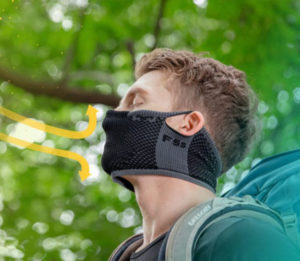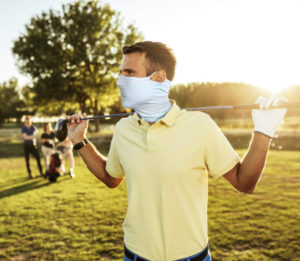Key takeaways
- Without protection, ultraviolet( UV) light from the sun and other sources can be dangerous.
- Sunscreen is a great way to cover yourself, but there are numerous other helpful tools.
- Wearing face covering is a good option how you can protect your most valued part of body.
5 Ways to Protect Your Skin From the Sun Without Sunscreen
From increasing your vitamin D levels to improving your mood, sunlight can improve your health in many ways. However, unprotected sun exposure can be unhealthy. The sun produces harmful ultraviolet (UV) radiation that can cause problems such as sunburn and sun poisoning. It can also cause other side effects, such as premature aging, skin cancer, and eye damage. And it’s not just the sun. Artificial UV sources such as solariums are also harmful.
A daily sunscreen goes a long way in protecting you from UV rays. But there are other ways to protect yourself. Read on for helpful skin protection strategies that will come in handy on your next beach vacation or other outdoor activity.
Everyone knows that exposure to ultraviolet (UV) radiation increases the risk of developing skin cancer, but most will never properly protect themselves when outdoors being active under the sun. UV rays are the main cause of sun-damaged skin. By harming the skin’s cellular DNA, excessive UV radiation encourages genetic mutations that can lead to skin cancer.
It’s not only the sunbathers who are at risk of developing skin cancer. We may be exposed to high levels of UV every second that we are outdoors, no matter the activity. Even light sun exposure adds up over time and increases the chance of health concerns in the future.
Although the sun’s heat is at its hottest in Summer, it’s not the only season to worry about for strong UV presence – even on cloudy, cold days where you might feel protected from the sun, harmful rays are still present even if it doesn’t appear to be. Proper protection is essential throughout all seasons.
But how do we shield ourselves from this ever-present radiation?
During outdoor activities, sunscreen alone isn’t able to block all UV rays. Sunscreen is only effective for around two hours, after which it needs to be generously reapplied. This can be inconvenient when in the middle of an activity, competition, or task: you may be unable to reapply sunscreen on your skin in time or simply forget to do it again at all. Facial skin is also too delicate and sensitive for large amounts of sunscreen and many people do not enjoy the thick, sticky feeling of wearing it on their skin.
1. Cover yourself with cooling neck gaiter or face covering mask and a hat
You can protect yourself from UVA and UVB rays by covering your skin with protective clothing, face covering and a hat. However, certain garments offer more protection than others. You can look for clothing items with a UV Protection Factor (UPF), which indicates how well the fabric protects your skin from UV rays. For example, A UPF 50 shirt blocks approximately 98% of the sun’s UV rays. The Skin Cancer Foundation (SCF) requires a UPF of 30 or higher to award the seal of recommendation for effective sun protection.
However, your clothing doesn’t have to have an SCF rating to provide sun protection. The degree of protection your clothing provides depends on several factors, including:
Colour:
Fabric color is one of the most important factors in determining UV protection. Also, research shows that dark colors such as blue and red block sunlight better than lighter colors. This is because it absorbs more UV rays. material:
Clothing made from tightly woven fabrics such as denim, wool, and polyester are less likely to transmit UV rays than light, loosely woven fabrics such as unbleached cotton or mesh. You can test the clothes by holding them up to the light. If the fabric is see-through, it may not provide enough protection.
Style:
It helps to cover the skin as much as possible. This can be done with certain styles of clothing such as long-sleeved shirts, wide-brimmed hats, long pants or skirts. fit:
Loose clothing can reduce sun exposure. Because tight clothing can stretch or tear, allowing more UV rays to reach your skin.Wet clothing is also less protective. So don’t forget to change your clothes when you disembark if you plan to explore the pools or the ocean.
NAROO sports masks are ideal for defending your most delicate skin and eliminating health risks in the future. Our masks simultaneously provide complete coverage and allow for easy breathing and comfort in any environment, so that you can forget the fear and focus on the fun.
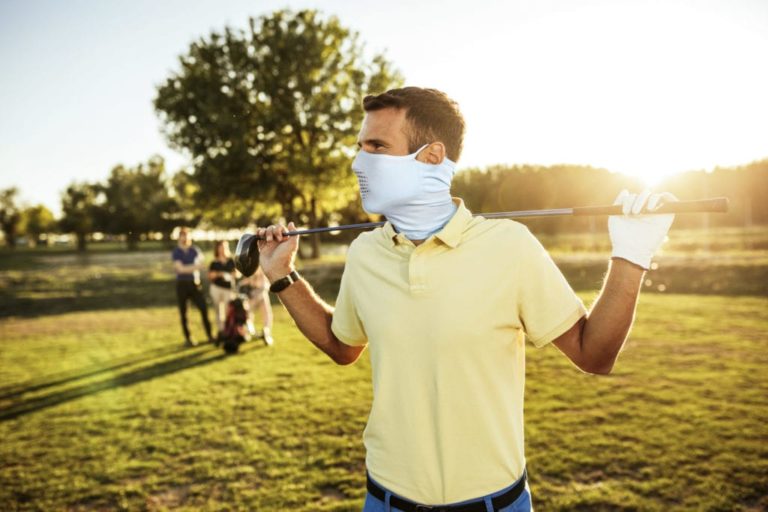
2. Wear sunglasses to protect your face and eyes
UV rays also damage the eyes, eyelids and the delicate skin around the eyes. Luckily, wearing sunglasses can help protect these areas and reduce the risk of conditions like cataracts.
But just like your clothes, not all glasses are created equal when it comes to blocking sunlight. may be effective in protecting One way to check the effectiveness of sunglasses is the Eye Sun Protection Factor (ESP®). ESPF measures how well a lens blocks light transmission and UV reflection.
If your sunglasses don’t have an ESPF rating, you can look for other factors. The American Academy of Ophthalmology recommends looking for sunglasses that block 99% to 100% of all types of UV rays.
3. Use an umbrella or parasol when going out
Umbrellas aren’t just for rain. Umbrellas and parasols can be used to prevent UV rays from directly hitting your skin. However, research shows that it does not block the scattered or diffuse UV rays commonly found on beaches. Therefore, this shading tool works best when used in conjunction with other sun protection strategies, such as wearing sunscreen and protective clothing.
4. Avoid UV rays
The sun is not the only source of harmful UV rays. Some man-made sources include:
Solarium:
Tanning beds emit dangerous UVA and UVB rays similar to the sun. This, along with other forms of indoor tanning, can increase your risk of skin cancer and prematurely age your skin.It can also cause eye damage and weaken your immune system.
Mercury vapor lighting:
Mercury lamps are designed to provide long-lasting light. People typically use them to illuminate large areas such as streets, shops, and sports arenas. The bulb has an outer layer to protect people from UV rays. However, if the outer bulb breaks, unfiltered UV light can pass through.Such high UV levels can cause skin burns, headaches, and blurred vision.
Halogen, Incandescent, Fluorescent:
All three of these lamp types can be exposed to UV light. Studies have shown that they do not emit the same kind or amount of UV radiation. However, people with certain medical conditions, such as lupus or xeroderma pigmentosum, should ensure that the bulb has a protective cover that can protect it from UV rays from the lamp.
Welding:
Arc welding is another source of UV radiation that can damage skin and eyes. Welders must always follow proper safety procedures.
5. Eat sunscreen foods
There are many reasons why you should eat healthy, including healthy skin. Eating a healthy diet rich in antioxidants and omega-3 fatty acids can help promote healthy skin.
Many foods contain antioxidants. These nutrients help prevent cell damage. Examples of antioxidants are:
Vitamin C:
Fruits and vegetables rich in vitamin C include citrus fruits such as oranges and grapefruits, peppers, broccoli, and tomatoes.
Vitamin E:
Foods rich in vitamin E are wheat germ oil, almonds, and sunflower seeds.
Carotenoids:
Carotenoids help keep your skin and eyes healthy. Sources of carotenoids include peppers, cantaloupe, mangoes, and sweet potatoes.
Niacin:
Niacin-rich foods include chicken breast, salmon, brown rice, and peanuts. Folic acid:
Foods high in folic acid include beef, liver, spinach, and Brussels sprouts.
Foods rich in omega-3:
- Fish such as salmon and sardines
- flaxseed and flaxseed oil
- walnut
- rapeseed oil
- Fortified foods such as cereals and bread
Conclusion
Sunscreen is a great way to protect your skin from the sun. But it’s not the only way to protect your skin from the sun’s harmful UV rays. Some skin protection strategies can be wearing face covering accessories, like summer neck gaiter and face coverings combined with appropriate sun protection clothing.
Recent Posts
- Difficulty Breathing with Allergy in This 2024 Spring: How Naroomask Can Help You Conquer Allergies
- Embrace Winter Comfort: The Unrivaled Benefits of NAROO MASK for Your Cold-Weather Adventures
- Revolutionary Winter Masks, Neck Gaiters and Balaclavas That Will Help you Breathe Easily and Stay Warm During Winter Exercises
- Versatile Horse Riding Masks, Balaclavas and Neck Gaiters – Why We Made Special Face Covers for Horse Riders
- 5 Most Authentic Quality Motorcycle Masks and Balaclavas Needed For Your Every Ride
Tags
Recent reviews
-
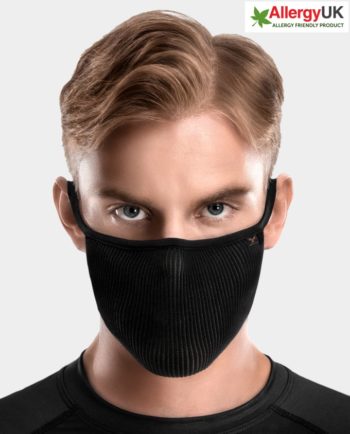 F.U Plus Copper - Antibacterial Copper Filtering Face Mask
Rated 1 out of 5by Aylin Neşe
F.U Plus Copper - Antibacterial Copper Filtering Face Mask
Rated 1 out of 5by Aylin Neşe -
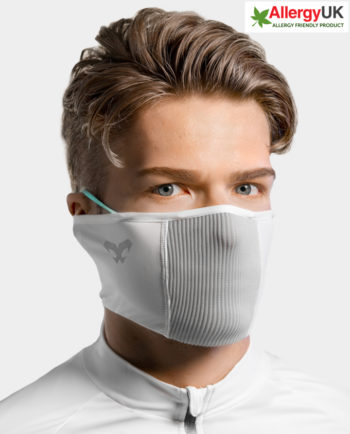 F1s - Thin Filtering Moisture-Wicking Breathable Sport Mask
Rated 0 out of 5by Hasan Yıldız
F1s - Thin Filtering Moisture-Wicking Breathable Sport Mask
Rated 0 out of 5by Hasan Yıldız -
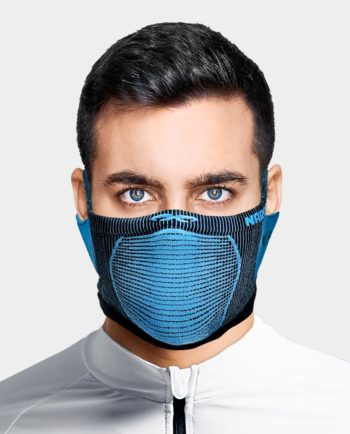 X5s - Breathable Multifunctional Sports Mask
Rated 0 out of 5by Rickard Berg
X5s - Breathable Multifunctional Sports Mask
Rated 0 out of 5by Rickard Berg -
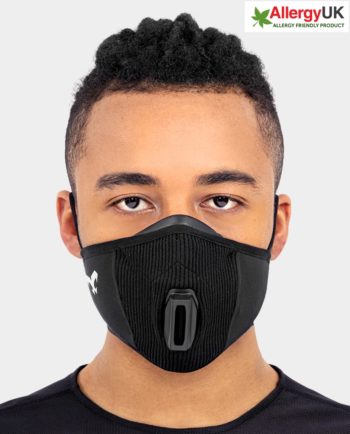 FZ1s - Breathable Sports Face Mask with 3D Air-Room & Dynamic Exhalation Valve
Rated 4 out of 5by Anonymous
FZ1s - Breathable Sports Face Mask with 3D Air-Room & Dynamic Exhalation Valve
Rated 4 out of 5by Anonymous -
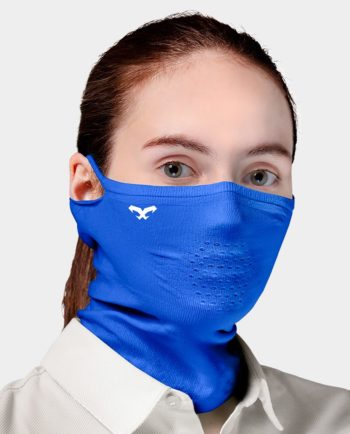 N1 - Breathable Ultrathin Neck Gaiter with Holes
Rated 0 out of 5by Pascale Vermot
N1 - Breathable Ultrathin Neck Gaiter with Holes
Rated 0 out of 5by Pascale Vermot


